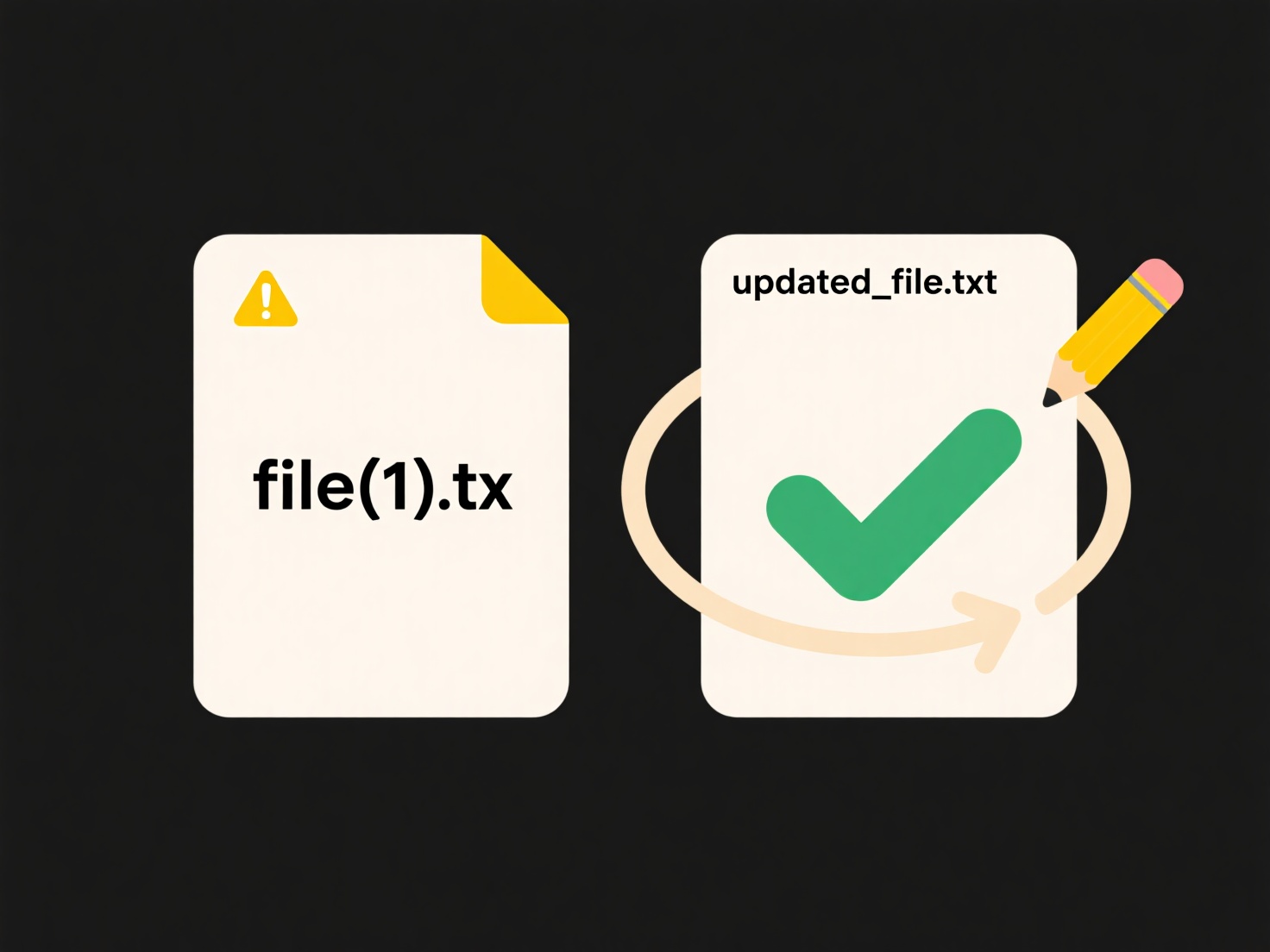
Folder nesting refers to how directories contain subdirectories, creating a hierarchical path to files. When nesting becomes too deep, files get buried under many parent folders, making them harder to find and navigate. This differs from flat structures, which have few folders but often overwhelm users with too many files in one place. Deep nesting occurs organically over time as projects and subtopics expand.
Practical strategies include enforcing a limit on nesting levels, like stopping at three or four subfolders. For instance, use a structure like 'Department > Project > Deliverables' instead of adding 'Subteam > Drafts > Version1'. Digital asset management systems and cloud platforms like Google Drive often implement enforced limits or suggest flatter structures. File classification using tags or metadata in document systems can reduce reliance on folders alone.

Excessively deep nesting leads to poor usability, broken shortcuts, and longer access times. While it initially feels organized, it hinders findability and increases maintenance overhead. Consider balancing hierarchy with alternative methods like robust search, tagging, and consistent naming conventions. Future approaches favor hybrid systems combining shallow folders with metadata-driven search, improving scalability and user efficiency.
How do I prevent folder nesting from getting too deep?
Folder nesting refers to how directories contain subdirectories, creating a hierarchical path to files. When nesting becomes too deep, files get buried under many parent folders, making them harder to find and navigate. This differs from flat structures, which have few folders but often overwhelm users with too many files in one place. Deep nesting occurs organically over time as projects and subtopics expand.
Practical strategies include enforcing a limit on nesting levels, like stopping at three or four subfolders. For instance, use a structure like 'Department > Project > Deliverables' instead of adding 'Subteam > Drafts > Version1'. Digital asset management systems and cloud platforms like Google Drive often implement enforced limits or suggest flatter structures. File classification using tags or metadata in document systems can reduce reliance on folders alone.

Excessively deep nesting leads to poor usability, broken shortcuts, and longer access times. While it initially feels organized, it hinders findability and increases maintenance overhead. Consider balancing hierarchy with alternative methods like robust search, tagging, and consistent naming conventions. Future approaches favor hybrid systems combining shallow folders with metadata-driven search, improving scalability and user efficiency.
Quick Article Links
What happens to permissions when I restore an older version?
When you restore an older version of a file or document within version control systems (like SharePoint, Git repositorie...
Can I open a .pdf without a third-party app?
Opening PDF files without third-party apps is possible because most modern operating systems and web browsers have built...
How do I find recently installed software or drivers?
Recently installed software or drivers refer to applications or hardware compatibility components added to your computer...